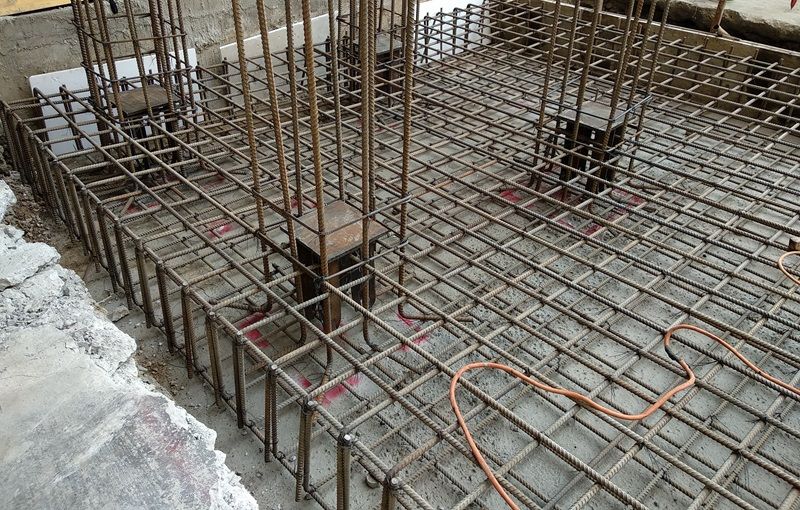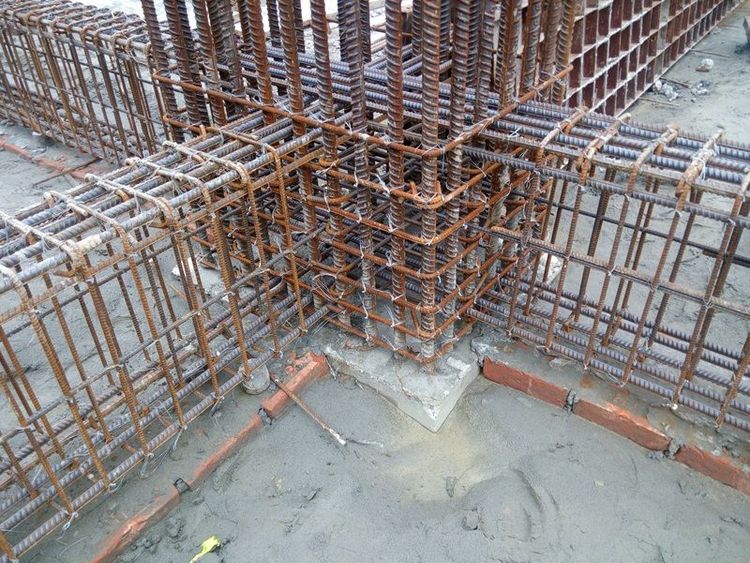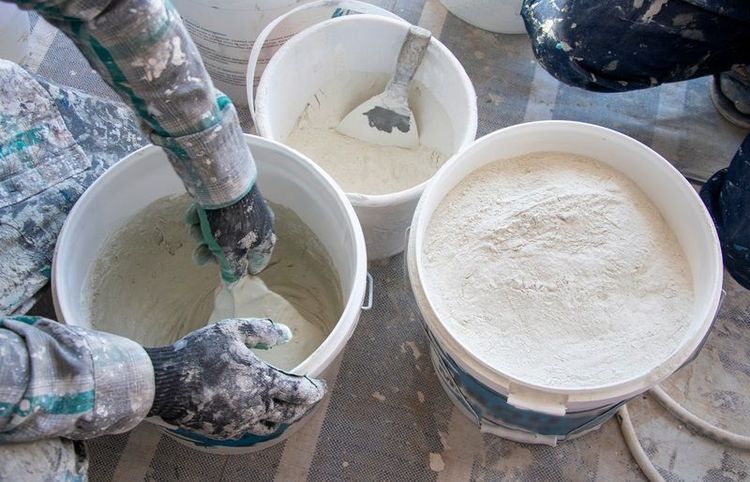Exposure to elements: Moisture, chlorides, and carbonation can penetrate concrete, leading to the corrosion of steel reinforcement.
Poor quality materials: Low-quality steel or improper concrete mix can accelerate corrosion.
Sulphate attack: Reaction with sulphate ions in soil or water can deteriorate concrete.
Acid attack: Contact with acidic substances can erode concrete surfaces and weaken the structure.
Ageing and wear: Over time, RCC structures naturally deteriorate due to wear and tear.
Design flaws: Errors in design or construction can lead to structural weaknesses, requiring corrective measures.
Assessment and diagnosis of damage in RCC structures
A. Inspection techniques
Visual inspection:
Surface examination: Observation of cracks, spalling, discolouration, or rust stains.
Mapping cracks: Analysing the pattern, width, and depth of cracks to assess their severity.
Non-Destructive Testing (NDT):
Thermography: Measures surface temperatures to identify areas of potential moisture or voids within concrete.
Electromagnetic testing: Detects reinforcing steel and assesses its condition without damaging the structure.
B. Importance of understanding root causes
Preventive measures: Identifying the underlying cause helps in implementing corrective measures to prevent further damage.
Appropriate repair strategy: Knowing the root cause aids in selecting the most suitable repair technique, ensuring effectiveness and longevity.
Avoiding recurrence: addressing the root cause mitigates the risk of similar issues reoccurring, promoting the long-term durability of the structure.
C. Utilising technology for accurate assessments
Ultrasound:
Benefits: Provides detailed information about the integrity of concrete, including voids, cracks, and thickness variations.
Applications: Useful for determining the depth and extent of defects without damaging the structure.
Ground-Penetrating Radar (GPR):
Advantages: Offers a non-invasive way to locate rebar, assess concrete cover depth, and identify potential defects.
Use cases: Ideal for mapping reinforcement and detecting anomalies within the structure.
Benefits of advanced technologies:
Accuracy: Offers precise data, aiding in informed decision-making for repairs.
Efficiency: Speeds up the assessment process compared to traditional methods.
Non-destructive nature: Allows for thorough inspections without causing damage to the structure.







 +91 7208055523
+91 7208055523
 Help & support
Help & support
